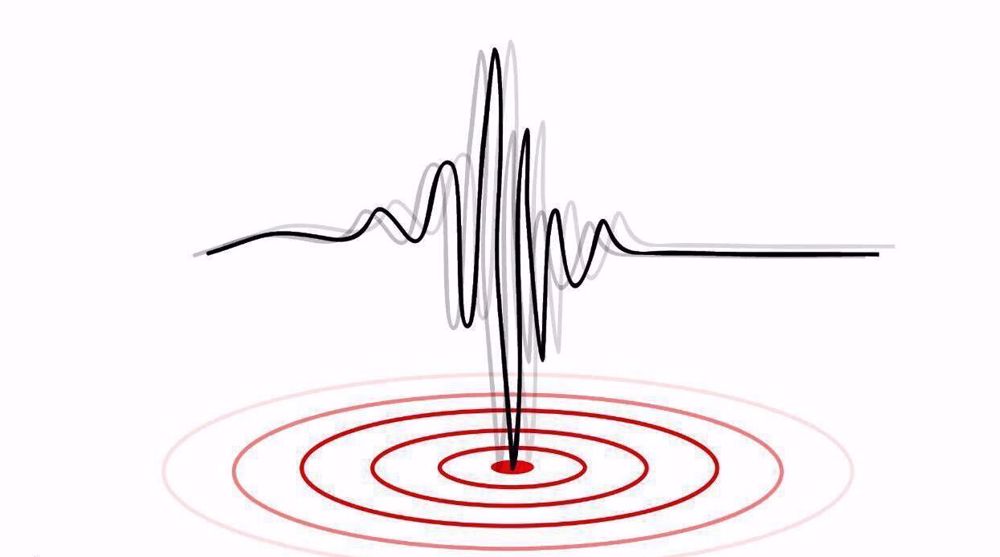2015 Physics Nobel goes to discoverers of shape shifting Neutrinos
Two scientists have won the 2015 Nobel Prize in physics for their pioneering work towards discovering the mass of neutrinos.
Japan’s Takaaki Kajita, 56, and Canada’s Arthur B. McDonald, 72, jointly won this year’s $960,000 prize “for the discovery of neutrino oscillations, which shows that neutrinos have mass,” The Nobel Assembly at Karolinska Institutet announced in a statement on Tuesday.
The scientists received this year’s honors for separately showing that neutrinos spontaneously alter from one type to another, meaning that they actually have mass.
Neutrinos are tiny subatomic particles that rarely interact with normal matter. After the photons, which make up light, they are the most abundant particle in the known universe. At any given moment thousands of the elusive particles pass through the human body without any effect. Although they have various origins, most of the particles which reach earth are the result of nuclear reactions inside the sun.
"The discovery has changed our understanding of the innermost workings of matter and can prove crucial to our view of the universe," said the Nobel statement.
In 1998, Kajita, the director the Institute for Cosmic Ray Research and professor at the University of Tokyo, discovered that neutrinos which were caught in Japan’s Super-Kamiokande detector underwent a manner of metamorphosis.

"The universe where we live in is still full of unknowns. A major discovery cannot be achieved in a day or two. It takes a lot of people and a long time. I would like to see young people try to join our pursuit of mystery solving," Kajita said.
Three years after Kajita’s revelation, McDonald’s team at the Sudbury Neutrino Observatory in Canada also announced that the particles they are capturing from the sun also “flipped” into different identities.

"When you do not know whether they have mass, it's otherwise difficult to understand how to incorporate them into those theories that give us a more complete understanding of the world of physics at the most fundamental level. Discovering this property helps us tremendously in this regard," he told reporters after the award announcement.

On Monday, the Nobel Prize in Physiology or Medicine 2015 was awarded to three scientists for discoveries made in the field of battling parasitic diseases, and on Wednesday the winner for this year’s Nobel for chemistry is set to be announced.
Tel Aviv tells Damascus Israeli forces will remain in occupied territory: Report
Dec. 22: ‘Axis of Resistance’ operations against Israeli occupation
‘Abhorrent’: Oxfam says only 12 trucks delivered aid in North Gaza since Oct.
VIDEO | Leader receives religious eulogists on Hazrat Fatima birth anniv.
Pope Francis slams Israel’s ‘machine-gunning’ of Gaza children
US hostage-taking of Iranian nationals violation of intl. law: Deputy FM
VIDEO | Carol Singers for Palestine on London’s Parliament Square
Ansarullah says ‘Israeli terrorists’ incapable of confronting Yemen, warns of secret weapons










 This makes it easy to access the Press TV website
This makes it easy to access the Press TV website